Home>Technology>Security & Surveillance>How To Unlock A Push Lock Door
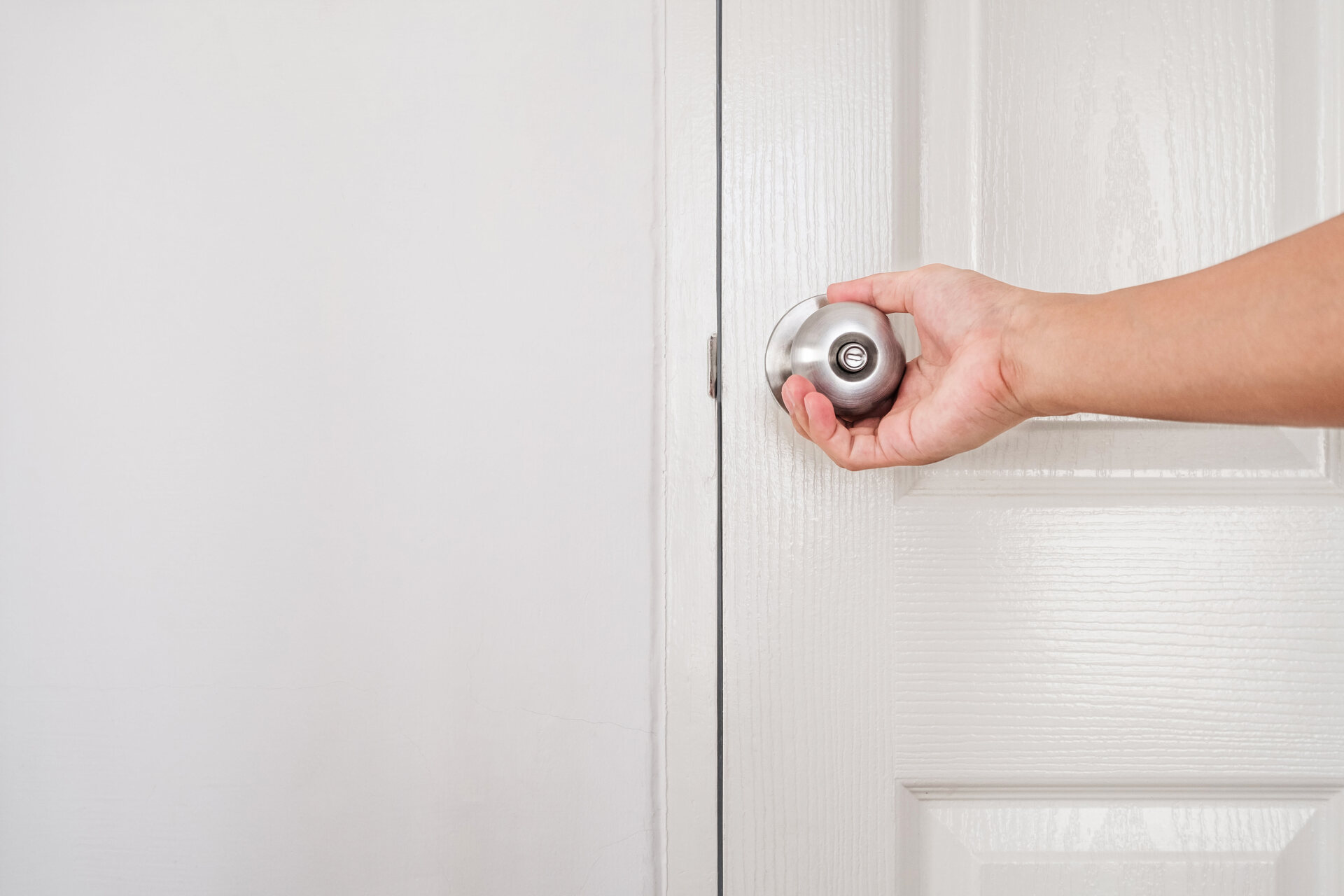

Security & Surveillance
How To Unlock A Push Lock Door
Published: December 26, 2023
Learn how to unlock a push lock door with our comprehensive guide on security and surveillance. Find expert tips and techniques to gain access quickly and efficiently. Unlock peace of mind today!
(Many of the links in this article redirect to a specific reviewed product. Your purchase of these products through affiliate links helps to generate commission for Storables.com, at no extra cost. Learn more)
Introduction
Welcome to the comprehensive guide on unlocking a push lock door. Whether you've accidentally locked yourself out or encountered a stubborn push lock, this article will equip you with the knowledge and techniques needed to overcome this common challenge. Push lock doors are prevalent in both residential and commercial settings, and understanding how to navigate them can save you time, money, and the inconvenience of being locked out.
In this guide, we will delve into the inner workings of push lock doors, explore the essential tools required for unlocking them, and provide a step-by-step breakdown of the unlocking process. Additionally, we will address common issues that may arise during the unlocking procedure and offer troubleshooting tips to help you overcome these hurdles.
By the end of this article, you will have gained valuable insights into unlocking push lock doors, empowering you to tackle this task with confidence and ease. So, without further ado, let's embark on this enlightening journey to unravel the mysteries of push lock doors and master the art of unlocking them.
Key Takeaways:
- Master the art of unlocking push lock doors by understanding their inner workings, using essential tools, and following a step-by-step process with patience and precision.
- Troubleshoot common issues like key resistance and latch misalignment to overcome challenges and unlock push lock doors with confidence and resourcefulness.
Read more: How To Unlock A Door Lock
Understanding Push Lock Doors
Push lock doors are a popular choice for many residential and commercial properties due to their simplicity and convenience. These doors are equipped with a locking mechanism that can be engaged by simply pushing a button or turning a knob from the inside. While this design offers a hassle-free way to secure a space, it can pose a challenge when attempting to unlock the door from the outside without a key.
The key component of a push lock door is the internal locking mechanism, which is typically activated by pressing or turning a button or knob. When engaged, this mechanism prevents the door from being opened from the outside, providing a level of security and privacy for the occupants. While push lock doors are efficient in securing a room or building, they can present a hurdle when access is needed from the outside without the key.
Understanding the inner workings of a push lock door is crucial for successfully unlocking it. By familiarizing yourself with the mechanics of the lock, you can approach the unlocking process with confidence and precision. Additionally, being aware of common issues that may arise with push lock doors will better prepare you to troubleshoot any obstacles that come your way.
Overall, gaining a clear understanding of push lock doors and their locking mechanisms is the first step towards mastering the art of unlocking them. With this knowledge as your foundation, you can proceed with the unlocking process equipped with the insight needed to tackle this task effectively and efficiently.
Tools Needed
Before embarking on the journey of unlocking a push lock door, it’s essential to gather the necessary tools to facilitate a smooth and successful unlocking process. While unlocking a push lock door typically requires minimal tools, having the right equipment at your disposal can make a significant difference in your ability to navigate the task effectively.
The primary tool needed for unlocking a push lock door is, unsurprisingly, the key designed specifically for that lock. This key is essential for engaging the internal locking mechanism and releasing the door’s latch. In the absence of the original key, alternative unlocking methods may need to be employed, which can vary depending on the specific type of push lock and the circumstances surrounding the lockout.
Additionally, a flashlight can be immensely helpful, especially when attempting to unlock a push lock door in low-light conditions or poorly illuminated areas. The flashlight can aid in locating the keyhole and gaining a clear view of the locking mechanism, ensuring precision during the unlocking process.
For certain types of push lock doors, a small screwdriver or a similar tool may be required to manipulate the locking mechanism, particularly if the door’s internal components need to be accessed for troubleshooting or alternative unlocking methods.
Lastly, a lubricant such as WD-40 or a graphite-based lock lubricant can be beneficial for addressing any stiffness or resistance within the lock. Applying a small amount of lubricant to the key and inserting it into the lock can help alleviate minor obstructions and facilitate smoother key insertion and turning.
By ensuring that you have the necessary tools on hand before attempting to unlock a push lock door, you can approach the task with preparedness and confidence, setting the stage for a successful unlocking endeavor.
Step 1: Inserting the Key
Inserting the key into a push lock door is the initial and pivotal step in the unlocking process. The key serves as the primary tool for engaging the internal locking mechanism and disengaging the door’s latch, thereby granting access to the secured space. Proper technique and precision are crucial when inserting the key, especially if the lock is prone to stiffness or resistance.
Begin by ensuring that the key is fully inserted into the keyhole, allowing the grooves of the key to align seamlessly with the internal components of the lock. It’s essential to approach this step with patience and attentiveness, as forcing the key or applying excessive pressure can potentially damage the lock or the key itself.
Once the key is inserted, gently rotate it in the direction required to disengage the lock. Depending on the specific design of the push lock, this may involve a clockwise or counterclockwise rotation to effectively release the internal mechanism. It’s important to exert steady and controlled pressure on the key, avoiding abrupt movements that could impede the unlocking process.
As you turn the key, be mindful of any feedback from the lock, such as resistance or unusual sounds, which may indicate potential obstructions or issues within the locking mechanism. If you encounter significant resistance or the key does not turn smoothly, it may be necessary to reassess the key’s alignment and the condition of the lock before proceeding further.
Throughout this step, maintaining a steady hand and a gentle touch is paramount, as it minimizes the risk of complications and enhances the likelihood of successfully unlocking the push lock door. By approaching the key insertion process with care and precision, you set the stage for a smooth transition to the subsequent steps of the unlocking procedure.
If you need to unlock a push lock door, try using a credit card or a thin, flexible piece of plastic to slide between the door and the frame. Gently push the latch back to unlock the door.
Step 2: Turning the Key
After successfully inserting the key into the keyhole of the push lock door, the next crucial step is turning the key to disengage the internal locking mechanism. This pivotal action sets in motion the process of releasing the door’s latch and granting access to the secured area. While seemingly straightforward, the process of turning the key requires finesse and attentiveness to ensure a seamless unlocking experience.
As you prepare to turn the key, it’s essential to maintain a firm yet gentle grip to facilitate precise control over the key’s movement. Avoid applying excessive force or sudden jerky motions, as these actions can potentially compromise the integrity of the lock and impede the unlocking process.
Begin the turning motion by applying gradual and consistent pressure to the key, using your other hand to support the door and provide stability. Pay close attention to any feedback from the lock, such as the sensation of the internal components aligning or the subtle sound of the mechanism disengaging. These cues can offer valuable insight into the progress of the unlocking process.
If you encounter resistance while turning the key, refrain from forcing the motion and instead reassess the alignment of the key and the condition of the lock. It may be necessary to withdraw the key slightly and reinsert it to ensure proper engagement with the locking mechanism before attempting to turn it again.
Throughout this step, maintain a patient and methodical approach, allowing the key to navigate the intricacies of the lock with care and precision. By exercising attentiveness and finesse during the key-turning process, you pave the way for a successful unlocking outcome, bringing you one step closer to gaining access through the push lock door.
Read more: How To Unlock Eufy Door Lock
Step 3: Troubleshooting Common Issues
While unlocking a push lock door is typically a straightforward process, certain common issues may arise, presenting obstacles that require careful troubleshooting to overcome. By being aware of these potential challenges and equipped with the knowledge to address them, you can navigate the unlocking process with confidence and resilience, ensuring a successful outcome.
One prevalent issue encountered when unlocking push lock doors is the key encountering resistance or difficulty turning within the lock. This may stem from obstructions within the keyway, a misaligned key, or internal components that require lubrication to alleviate stiffness. In such cases, carefully withdrawing the key, inspecting it for debris or damage, and applying a small amount of lubricant before reinserting the key can often resolve this issue.
Another common challenge involves the key turning smoothly but the door’s latch failing to release, preventing the door from opening. This scenario may indicate a misalignment between the locking mechanism and the door frame, impeding the proper disengagement of the latch. To address this, gently apply pressure to the door while turning the key, encouraging the latch to disengage and the door to open.
In some instances, a push lock door may exhibit signs of wear and aging, leading to diminished functionality and reliability. If the key fails to effectively unlock the door despite your best efforts, it may be necessary to seek the expertise of a professional locksmith to assess and rectify any underlying issues with the lock.
Additionally, if the push lock door is equipped with an electronic or digital locking mechanism, troubleshooting may involve addressing power supply issues, keypad malfunctions, or programming errors. In such cases, referring to the manufacturer’s instructions or seeking technical support can provide valuable insights into resolving electronic lock-related challenges.
By familiarizing yourself with these common issues and the corresponding troubleshooting approaches, you can approach the unlocking of a push lock door with preparedness and adaptability, ready to address any hurdles that may arise along the way. With patience, resourcefulness, and a methodical mindset, you can effectively troubleshoot these challenges and unlock the door with confidence and proficiency.
Conclusion
Congratulations! You have now journeyed through the intricacies of unlocking a push lock door, gaining valuable insights and techniques to navigate this common challenge with confidence and proficiency. Armed with a deeper understanding of push lock doors, essential tools, and a step-by-step unlocking process, you are well-equipped to tackle this task effectively and overcome potential obstacles along the way.
By comprehending the inner workings of push lock doors and the mechanics of their locking mechanisms, you have gained a foundational knowledge that forms the bedrock of successful unlocking endeavors. The insights into common issues and troubleshooting approaches further empower you to address potential challenges with resilience and resourcefulness, ensuring a smooth unlocking experience.
As you embark on future encounters with push lock doors, whether in residential, commercial, or institutional settings, remember the patience and precision that underpin the unlocking process. Approach each step with attentiveness and finesse, leveraging the tools at your disposal and the troubleshooting techniques at your command to unlock doors with ease and confidence.
Should you encounter complexities beyond your expertise or face electronic push lock systems with unique challenges, don’t hesitate to seek the guidance of professional locksmiths or technical support. Their specialized knowledge and experience can offer invaluable assistance in addressing intricate locking mechanisms and electronic components.
With this comprehensive guide as your ally, you are primed to unlock push lock doors with mastery and assurance, transforming potential lockouts into triumphs of access and entry. As you apply the knowledge and techniques gleaned from this journey, may each encounter with a push lock door be met with readiness, resilience, and the satisfaction of a successful unlocking.
Now, armed with the knowledge and techniques to unlock push lock doors, you are ready to embark on your unlocking endeavors with confidence and proficiency. Remember, patience, precision, and a methodical approach are your allies in this endeavor. Happy unlocking!
Frequently Asked Questions about How To Unlock A Push Lock Door
Was this page helpful?
At Storables.com, we guarantee accurate and reliable information. Our content, validated by Expert Board Contributors, is crafted following stringent Editorial Policies. We're committed to providing you with well-researched, expert-backed insights for all your informational needs.
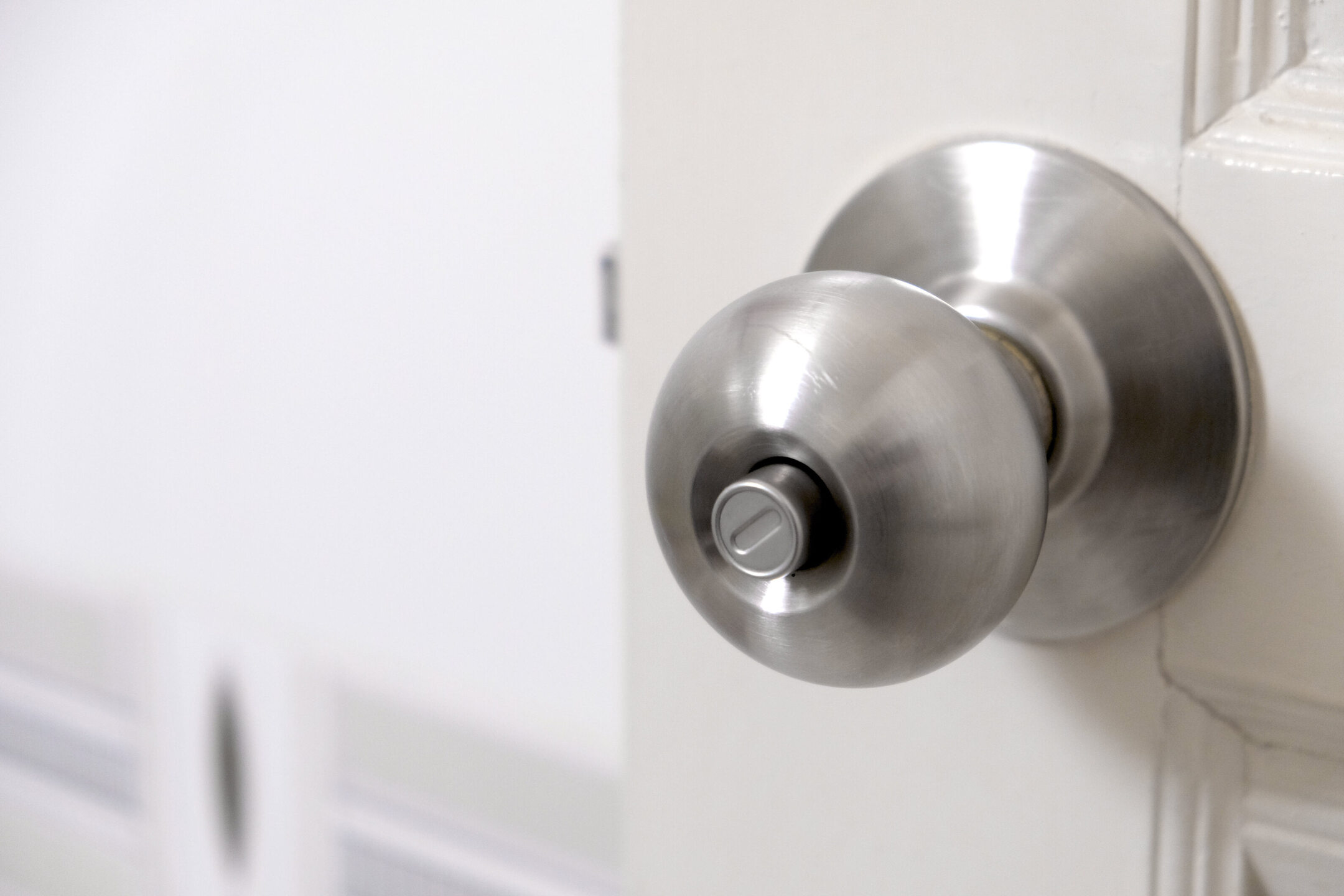
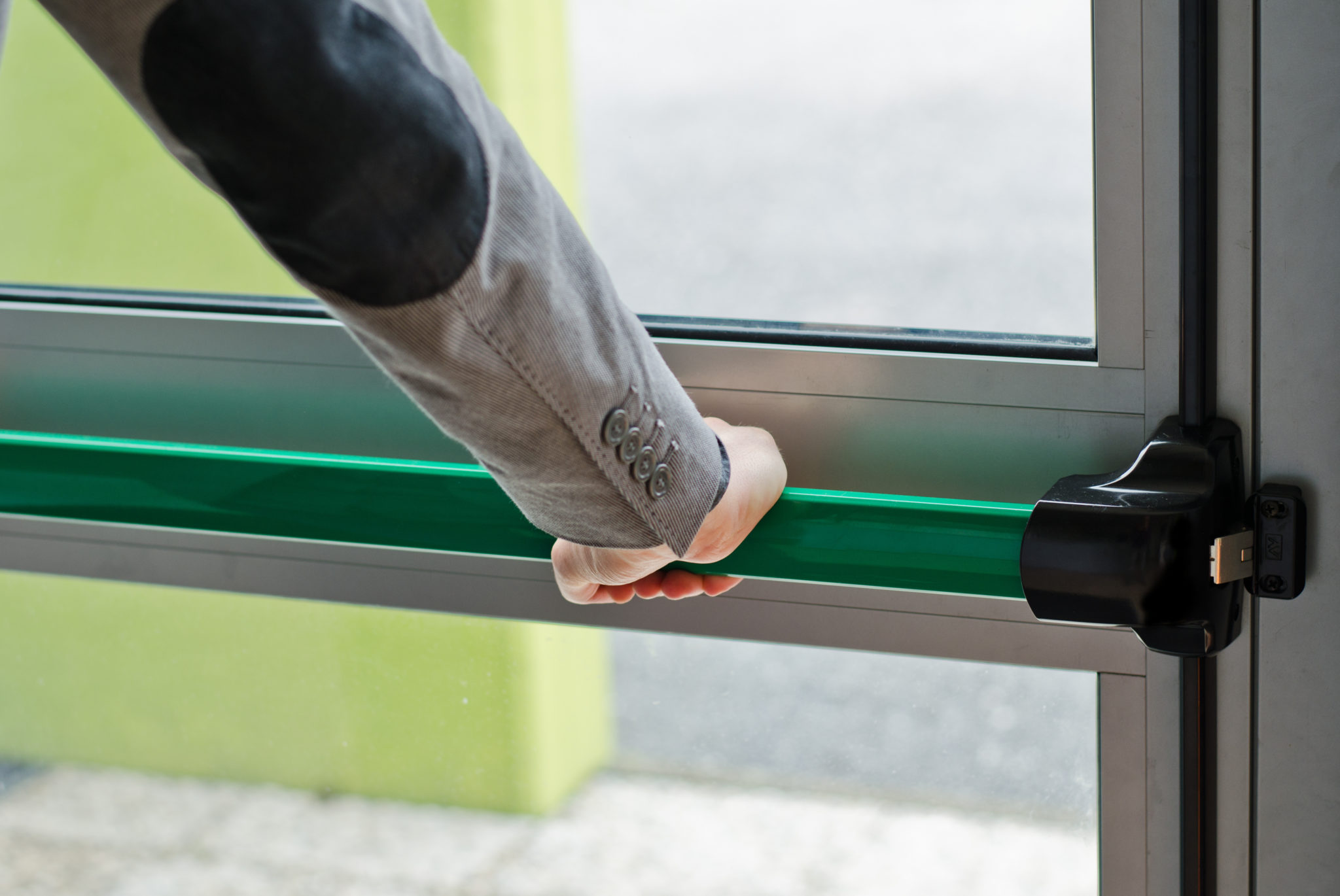
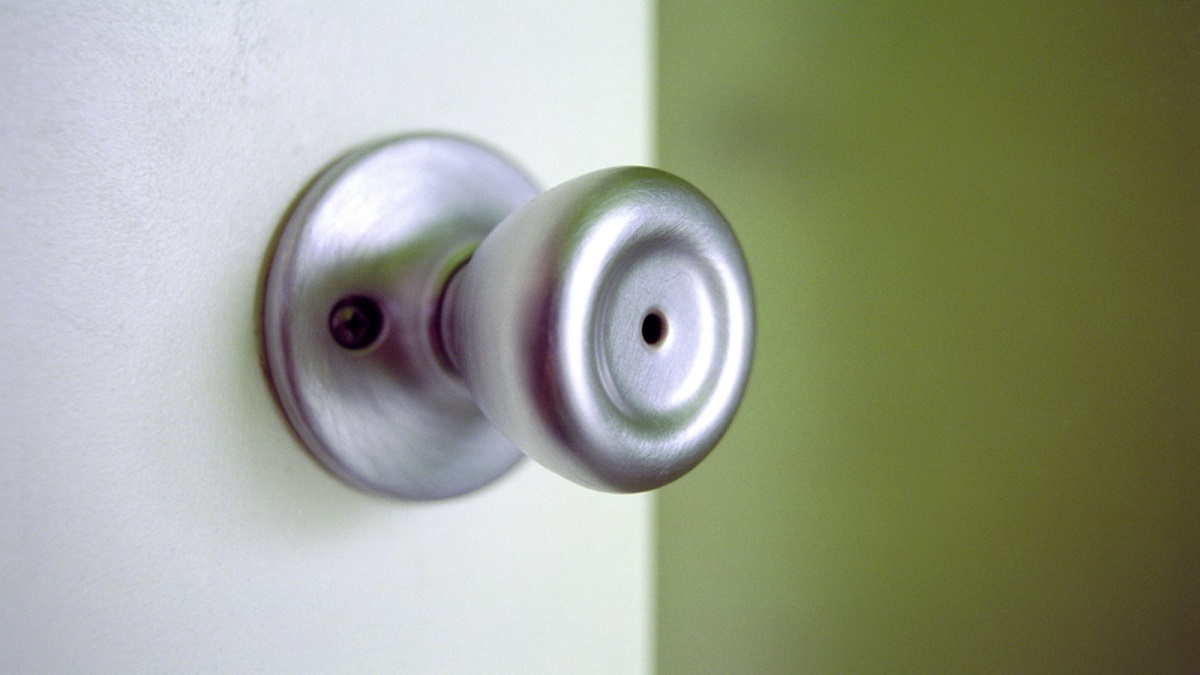
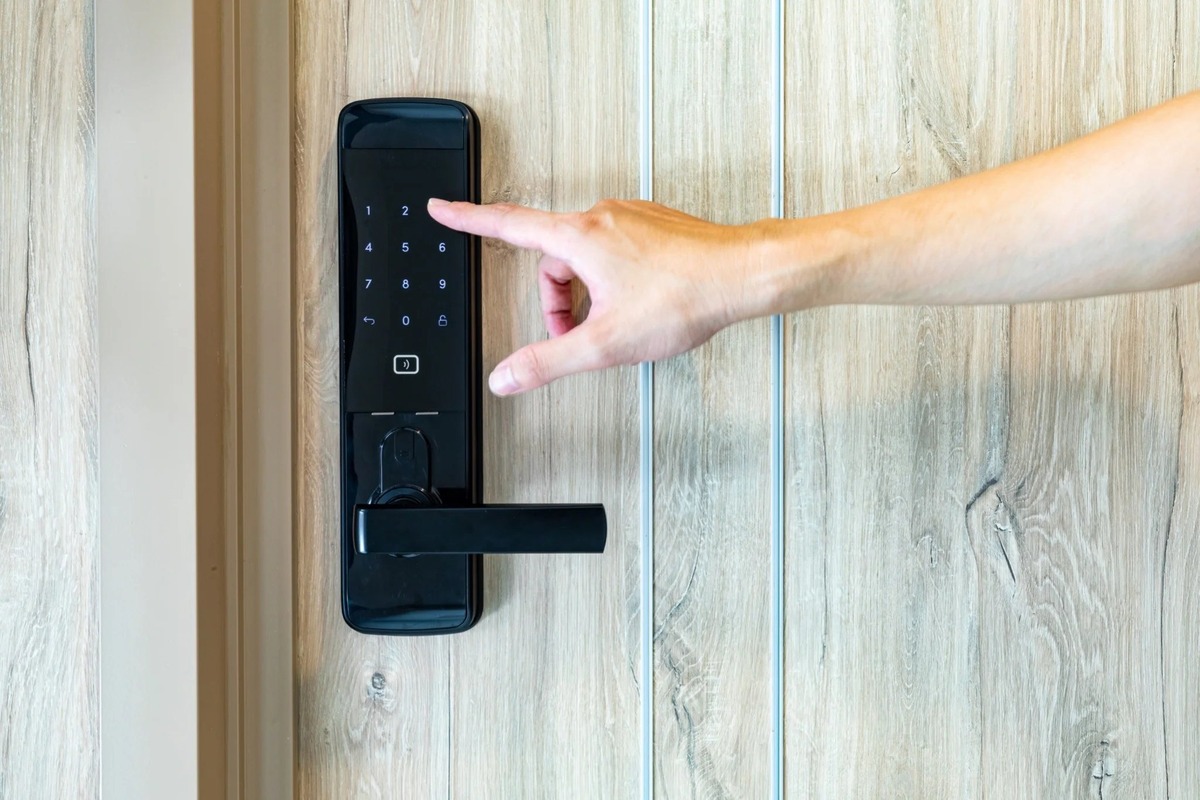
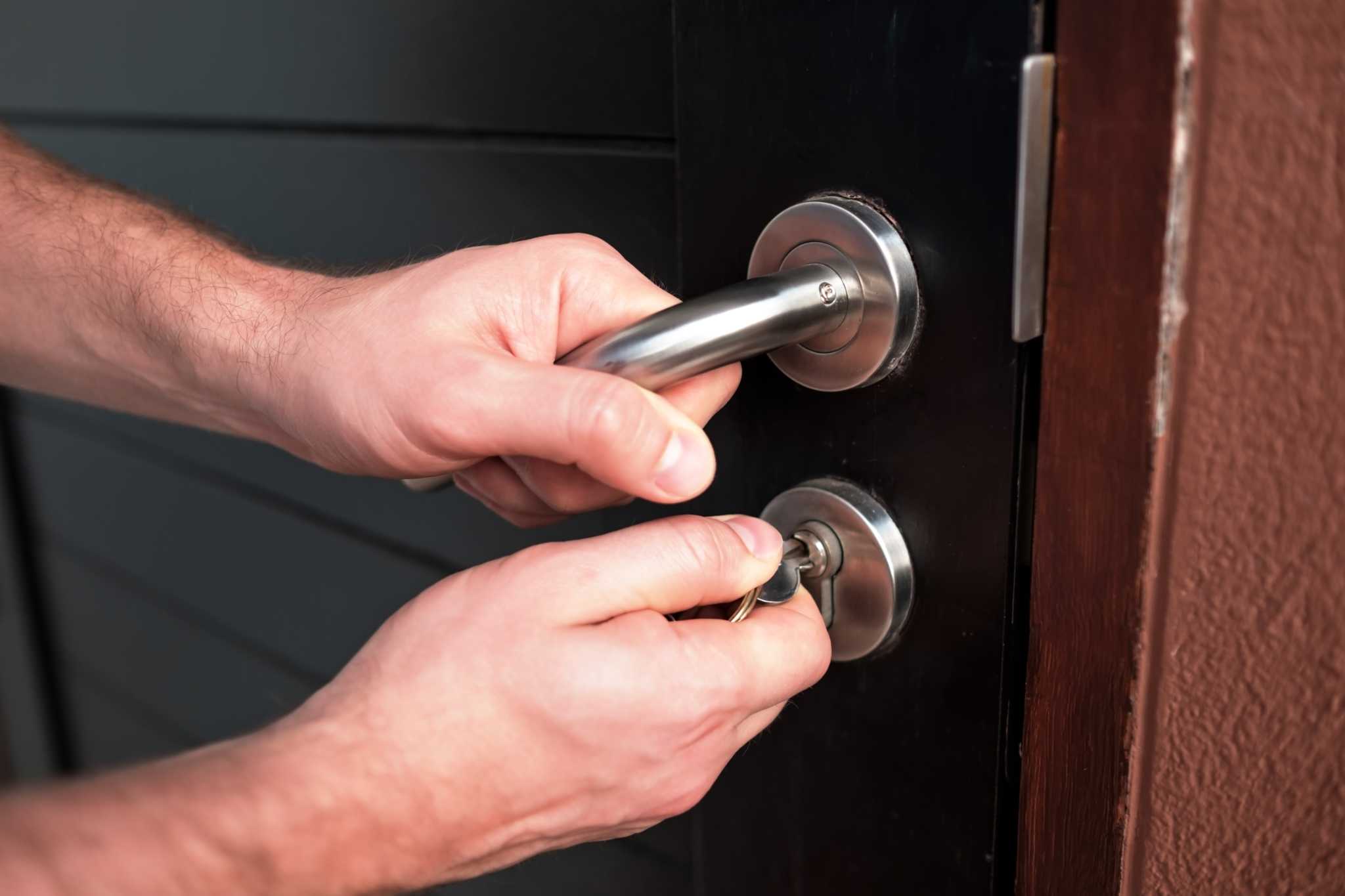
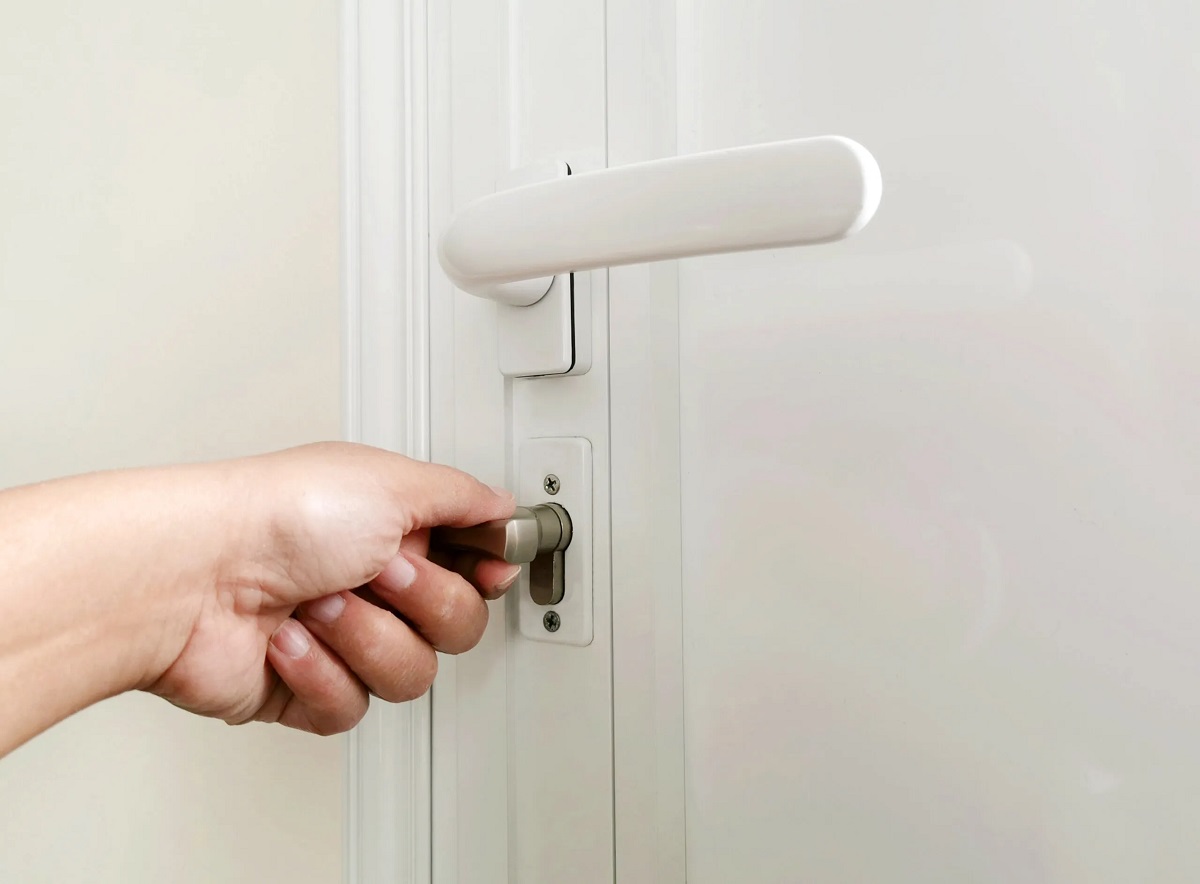
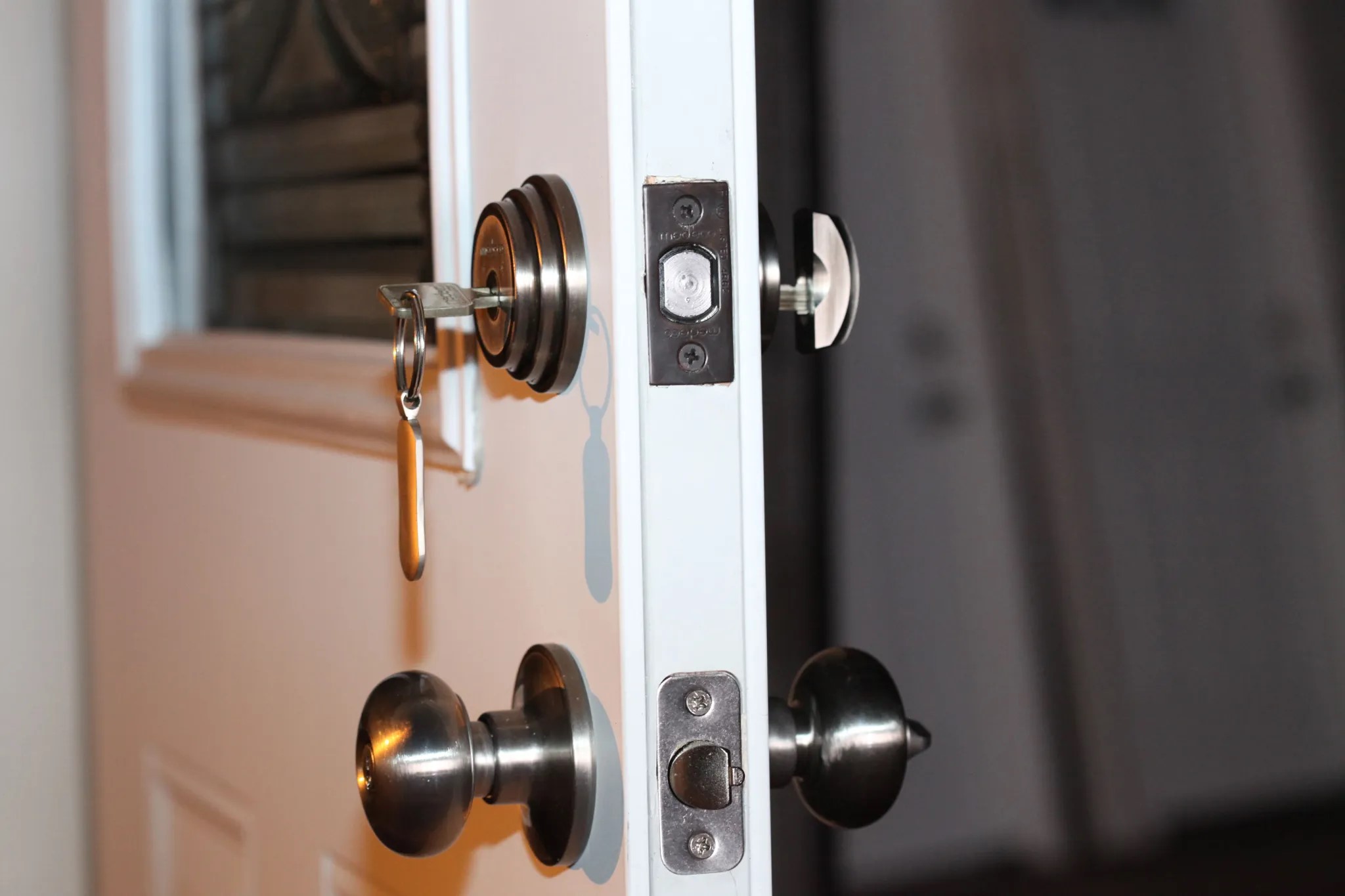
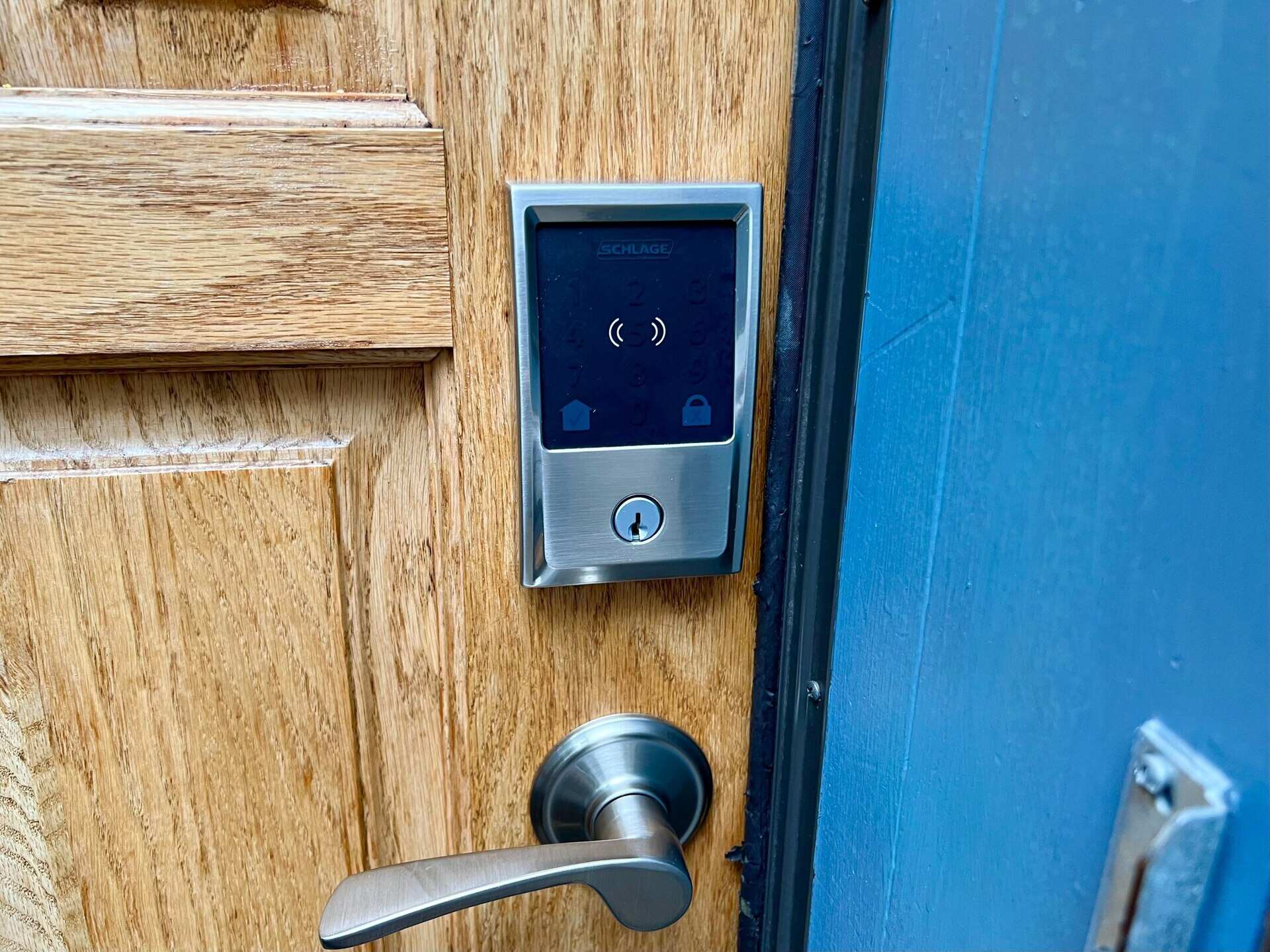
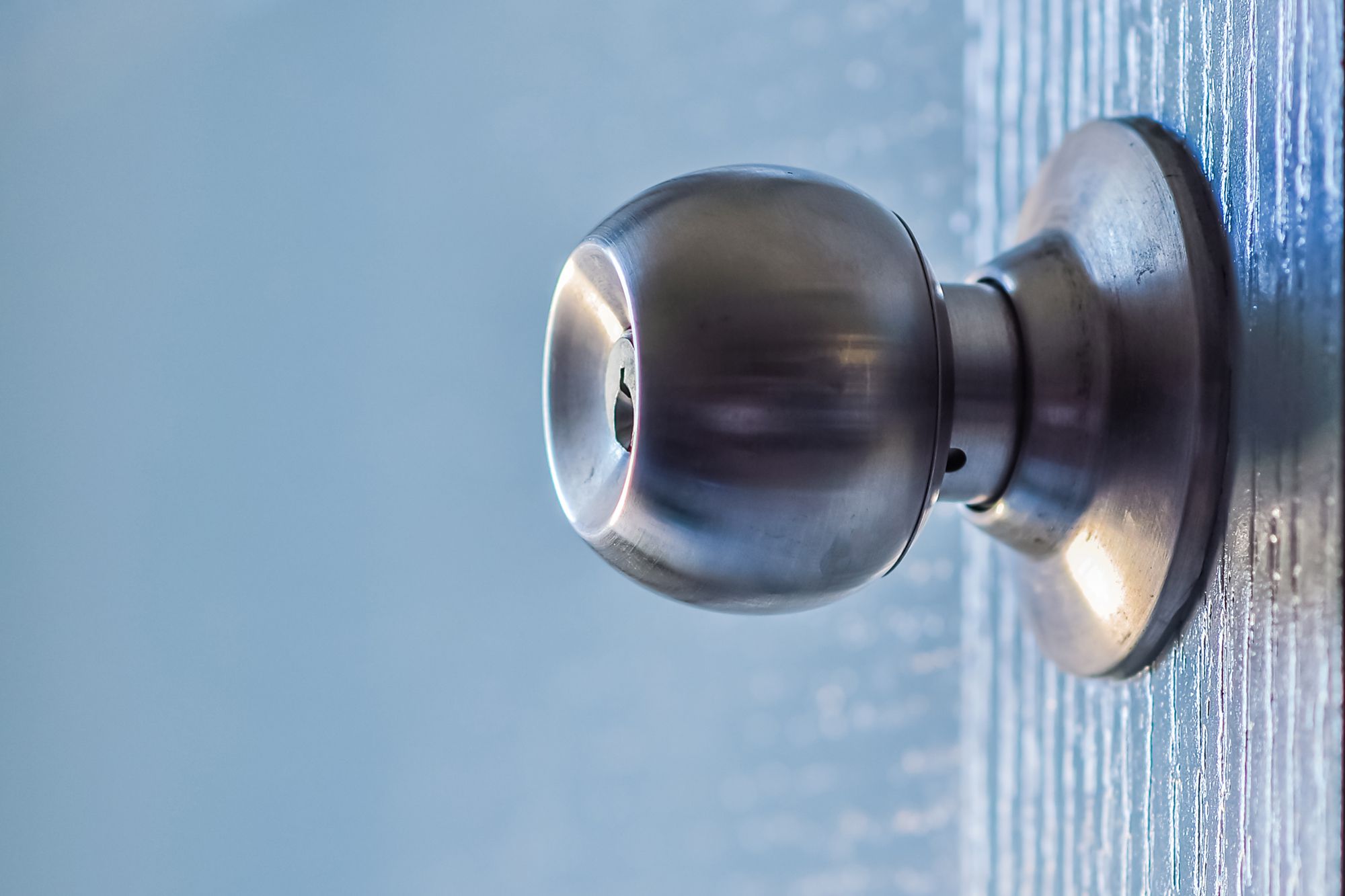
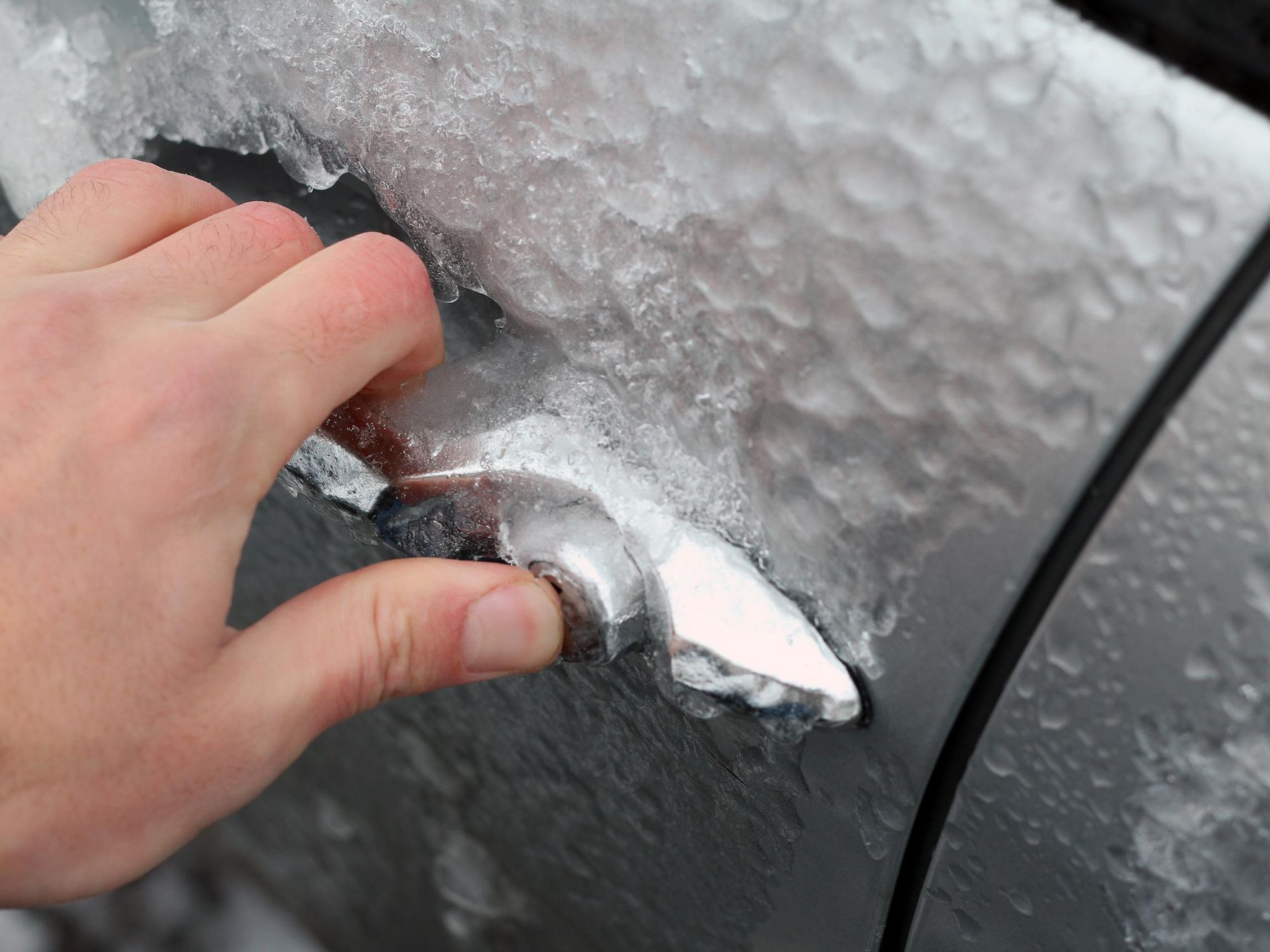
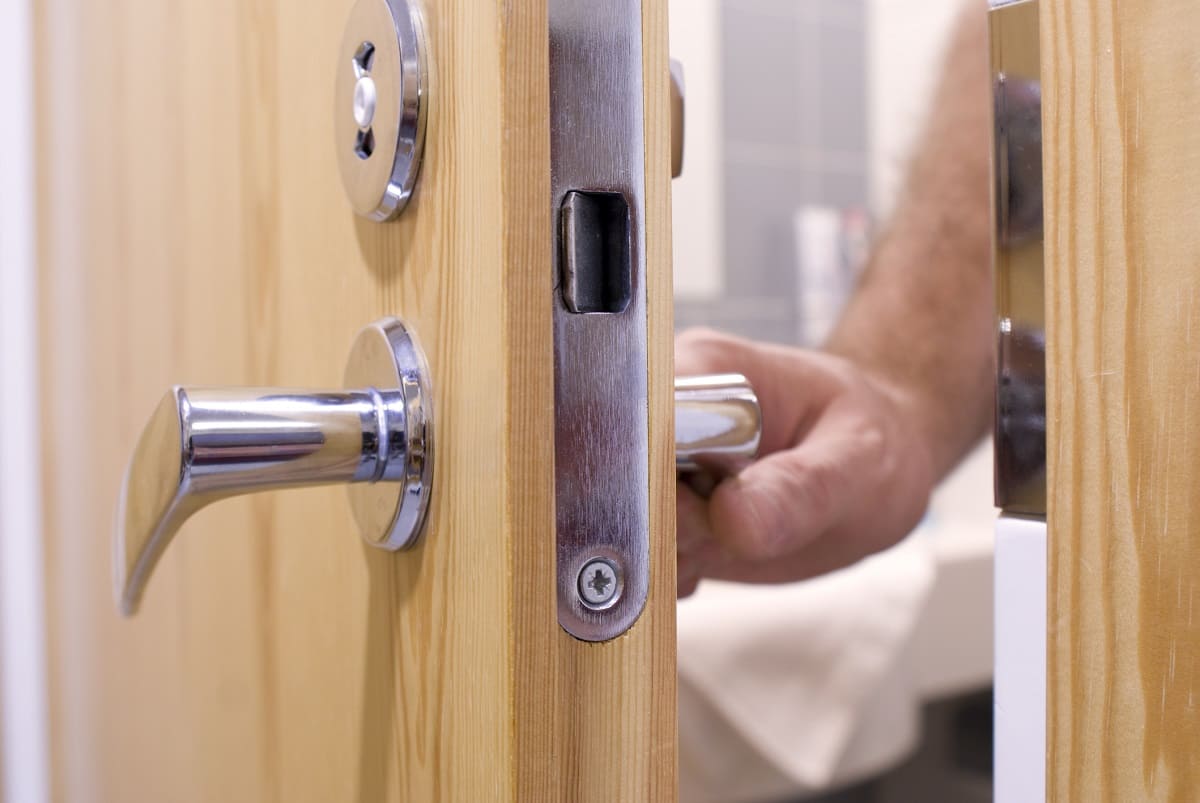
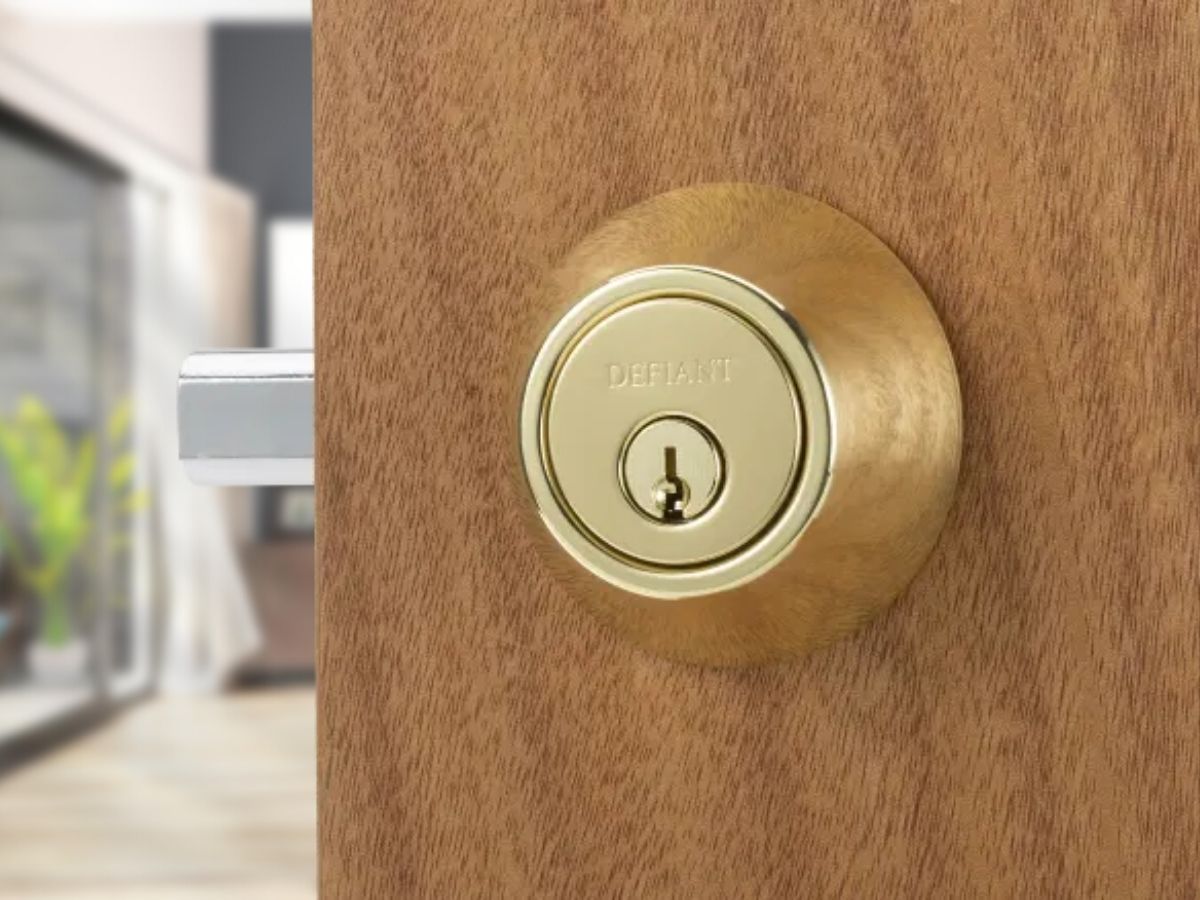
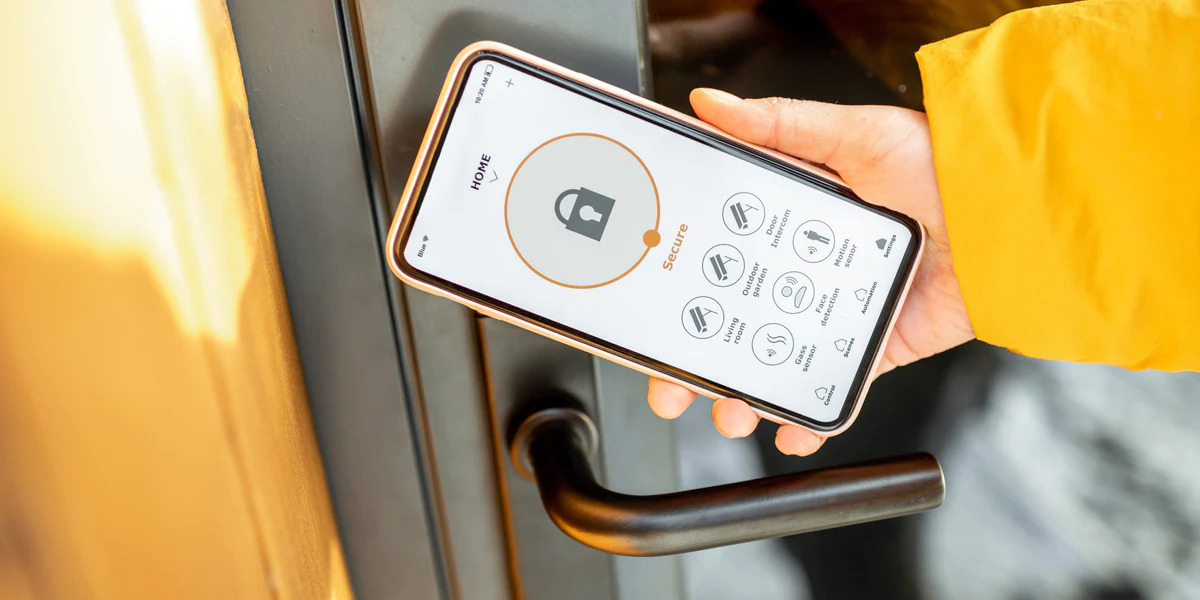
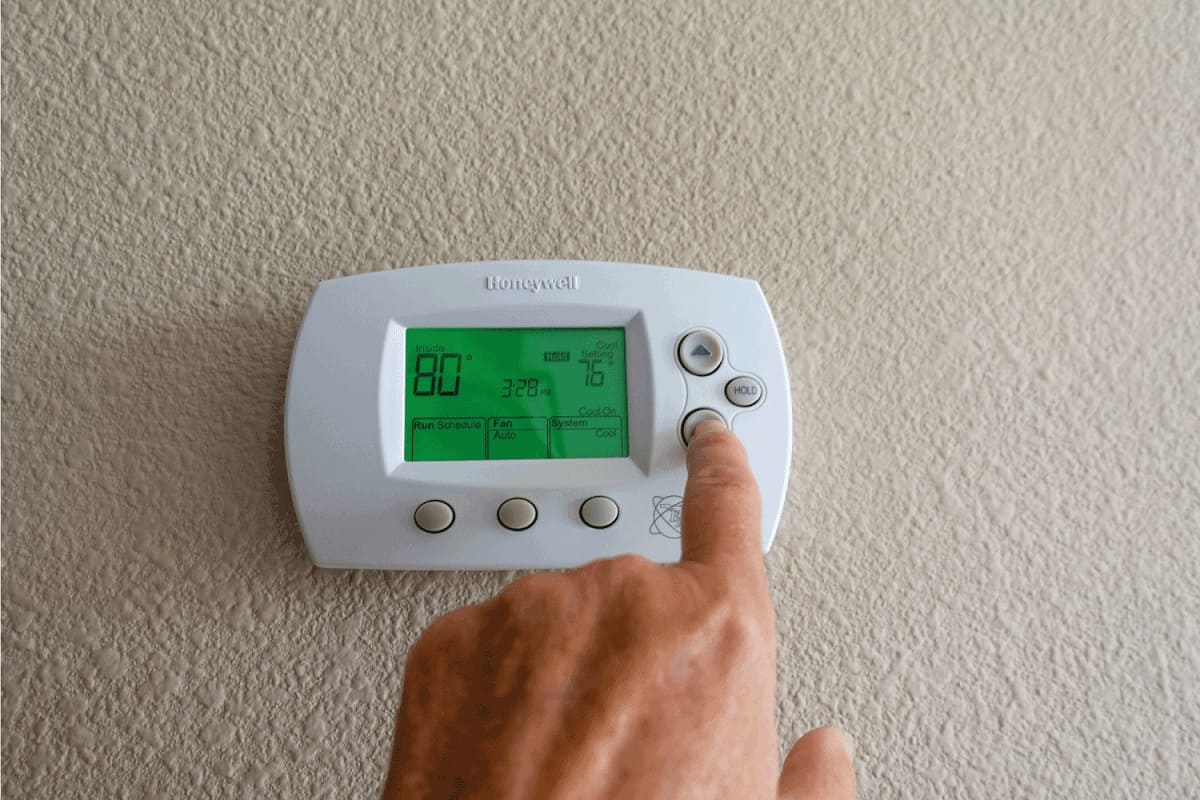

0 thoughts on “How To Unlock A Push Lock Door”